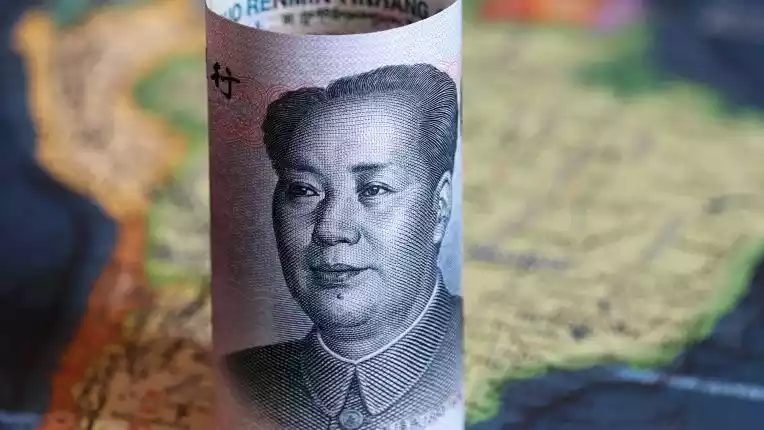Circular
Servirio`s News
CHINA CONSOLIDATES ITS COMMERCIAL INFLUENCE IN SOUTH AMERICA THROUGH IMPORTS AND INFRASTRUCTURE INVESTMENT

The port of Chancay symbolizes the strengthening of the Asian country’s relationship with the region.
In the last ten years, Beijing has overtaken the US as South America’s largest trading partner, importing millions of tons of soybeans, corn and copper. One of the investments that symbolizes China’s interest in the region is the US$3.5 billion port of Chancay in Peru, which will begin operations later this year. The port, majority owned by China’s state-owned Cosco Shipping, will be the first controlled by the Asian country in South America and will be able to handle large vessels that can head directly to Asia, reducing itinerary time on some export cargoes by two weeks, reports Reuters.
“The Chancay mega-port aims to turn Peru into a strategic trade and port hub between South America and Asia,” Peru’s Trade Minister Juan Mathews told Reuters, referring to this work which, as part of China’s “Belt and Road” campaign, embodies the challenge facing the U.S. and Europe to counter Beijing’s growing influence in Latin America.
The first phase of Chancay should be completed by November 2024, just in time for Chinese President Xi Jinping’s visit to Peru for the Asia-Pacific Economic Cooperation (APEC) summit.
Meat and soybeans from Brazil
Peru’s government is planning an exclusive economic zone near the port and Cosco wants to build an industrial center near Chancay to process raw materials that could include grains and meat from Brazil before shipping them to Asia. Brazil’s ambassador to Peru, Clemente Baena, noted that “it is an opportunity for grain and meat production, especially from Rondonia, Acre, Mato Grosso and Amazonas, to reach Asia through the port of Chancay.”
He added that investment in an existing highway known as the Inter-Oceanic Highway – which stretches from southern Peru through the Andes to Brazil – would be needed to improve transportation routes. A long-discussed rail link is still under study, he said.
China overtakes US
China overtook the U.S. in trade in South and Central America during the administration of former President Donald Trump, despite his administration’s warning to the region about the dangers of getting too close to Beijing. Under President Joe Biden, however, the gap has widened.
U.S. officials are now taking a different tack, arguing that the U.S. offers the region other things beyond trade, including investment in high-tech industries. In Beijing, however, they argue that their trade and investment in Latin America is mutually beneficial. Some 150 countries have joined the Belt and Road with China, including 22 from Latin America.
A marked change in ten years
A decade ago, Peru, the world’s second largest copper producer traded slightly more with the US than with China. Now, China has a more than US$10 billion advantage in bilateral trade, in a trend that is manifesting itself throughout the region.
Part of the shift is pragmatic. Fast-growing China needs copper and lithium from the Andes of South America, along with corn and soybeans from the plains of Argentina and Brazil.
Leverage point
Peru’s trade with China doubled in the last decade to US$33 billion in 2022, driven by rising copper exports, even as its trade with the US stagnated. China has invested some US$24 billion in Peruvian mines, the power grid, transportation and hydroelectric power generation over the same period.
Exports to China grew 9.3% in the first eleven months of last year, government data show, faster than the 5.3% growth in exports to the United States. Peru has a US$9.4 billion trade surplus with China and a US$1.3 billion deficit with the US.
A senior European diplomat based in South America said that the large gap in infrastructure financing in the region made it difficult for the U.S. to “force” local governments to reject Chinese money.
Meanwhile, global interest had grown in South American resources such as lithium, copper and grain. “Latin America has become a new battleground for these minerals between the US, Europe and China,” he said.


